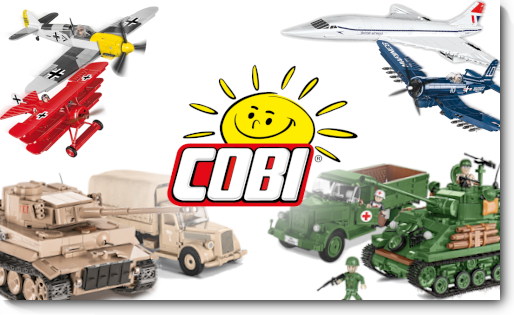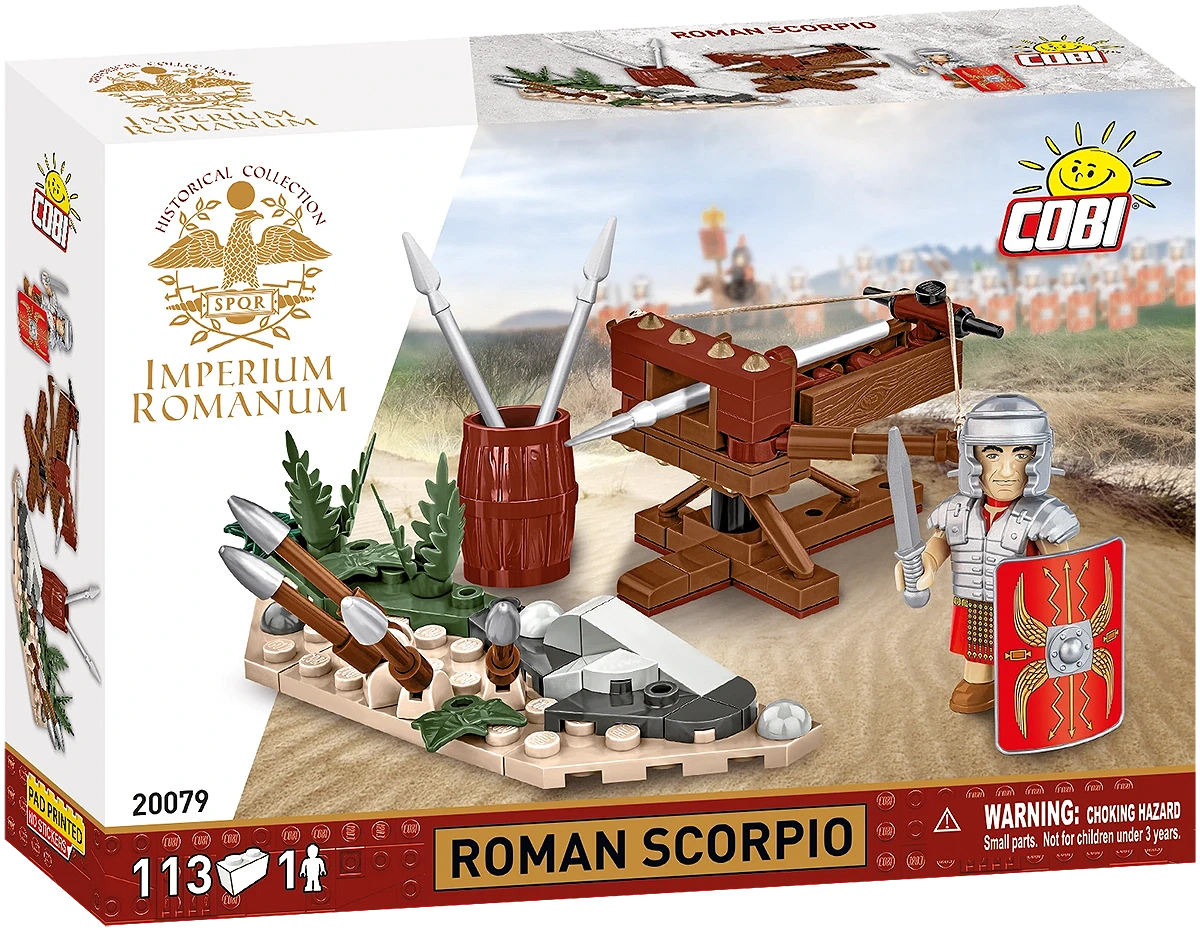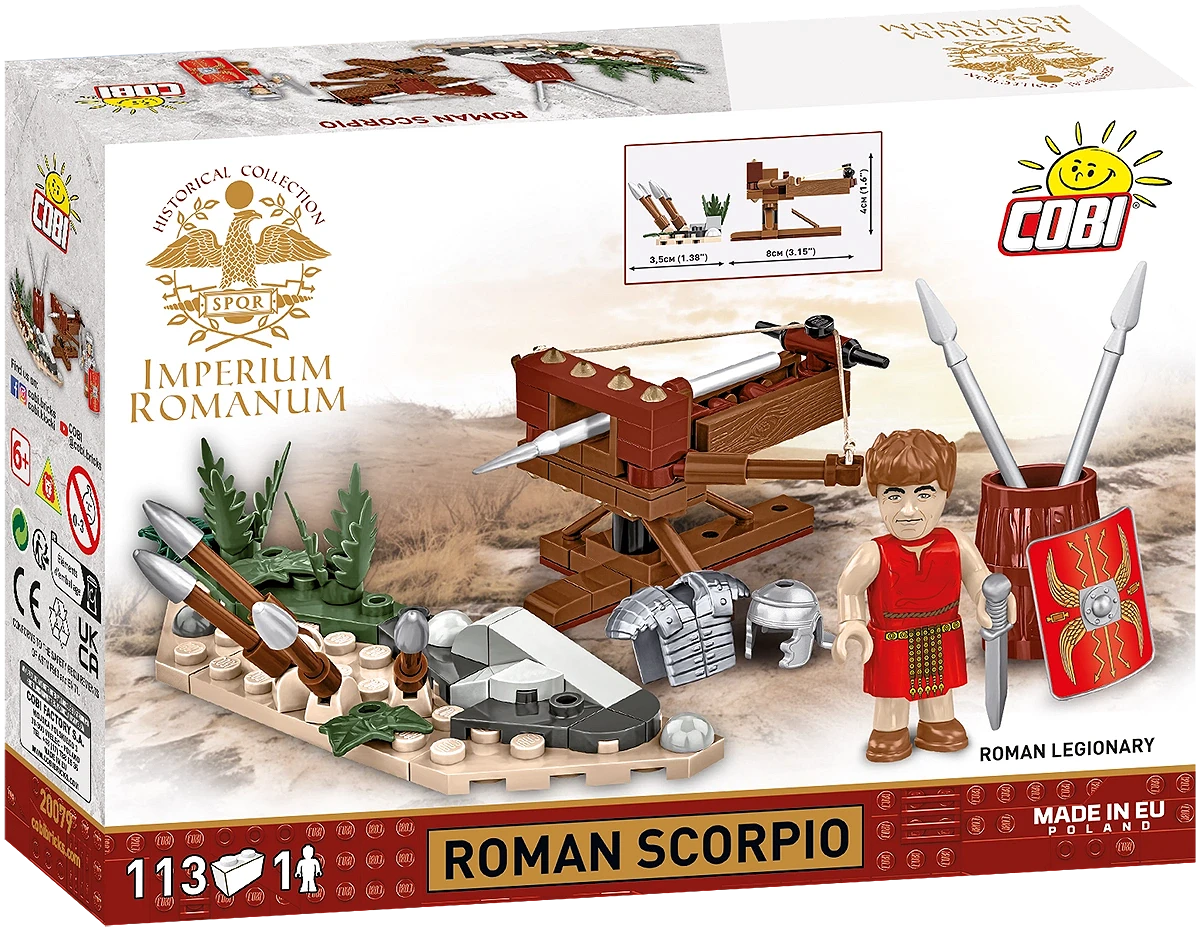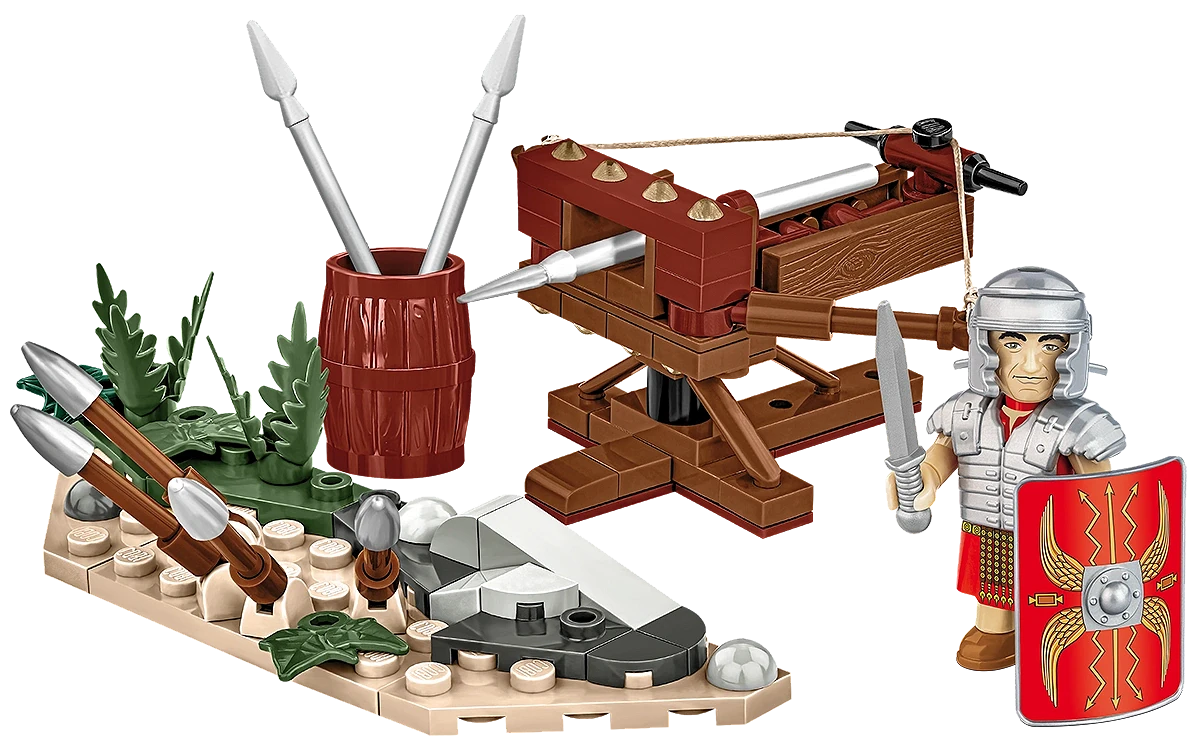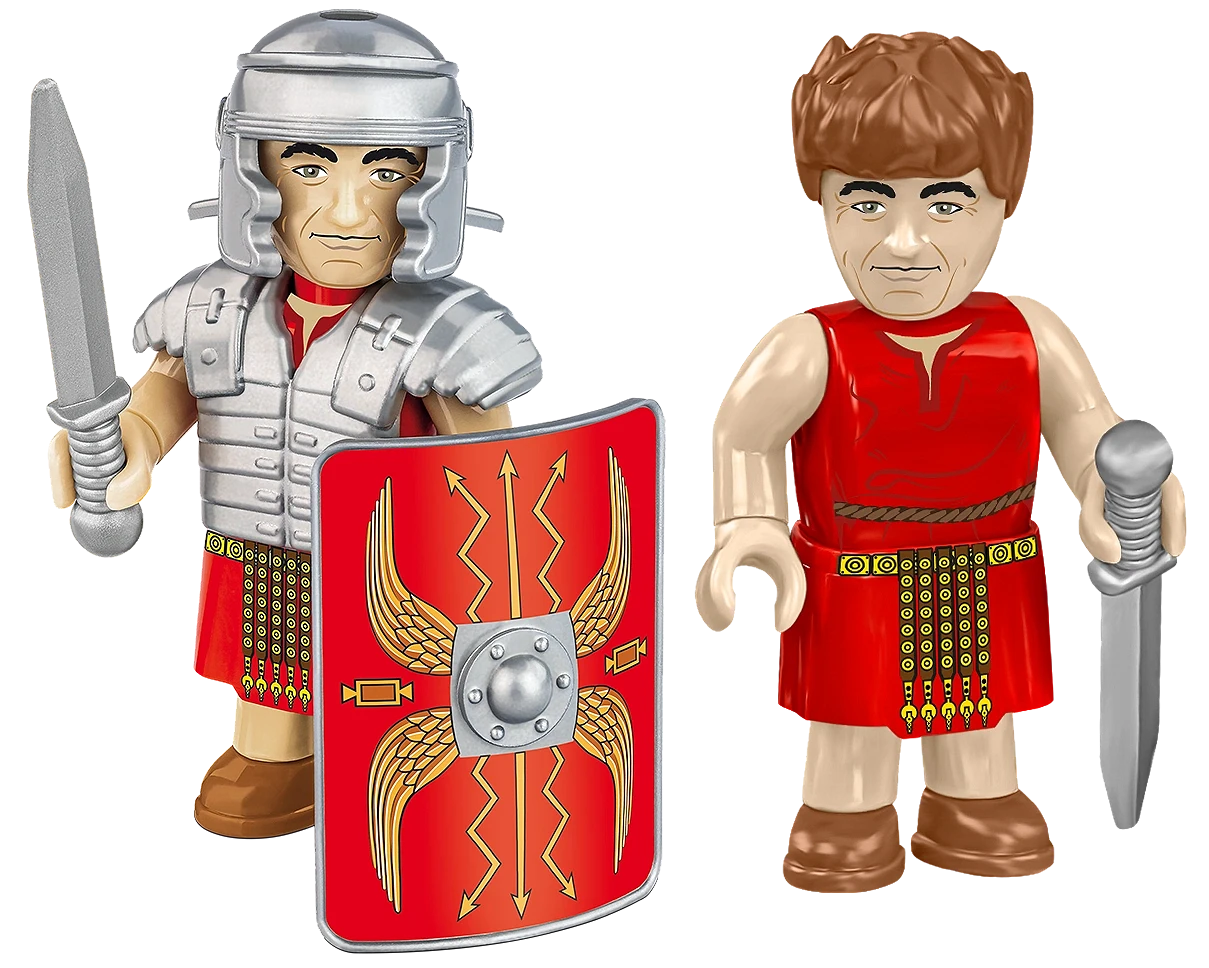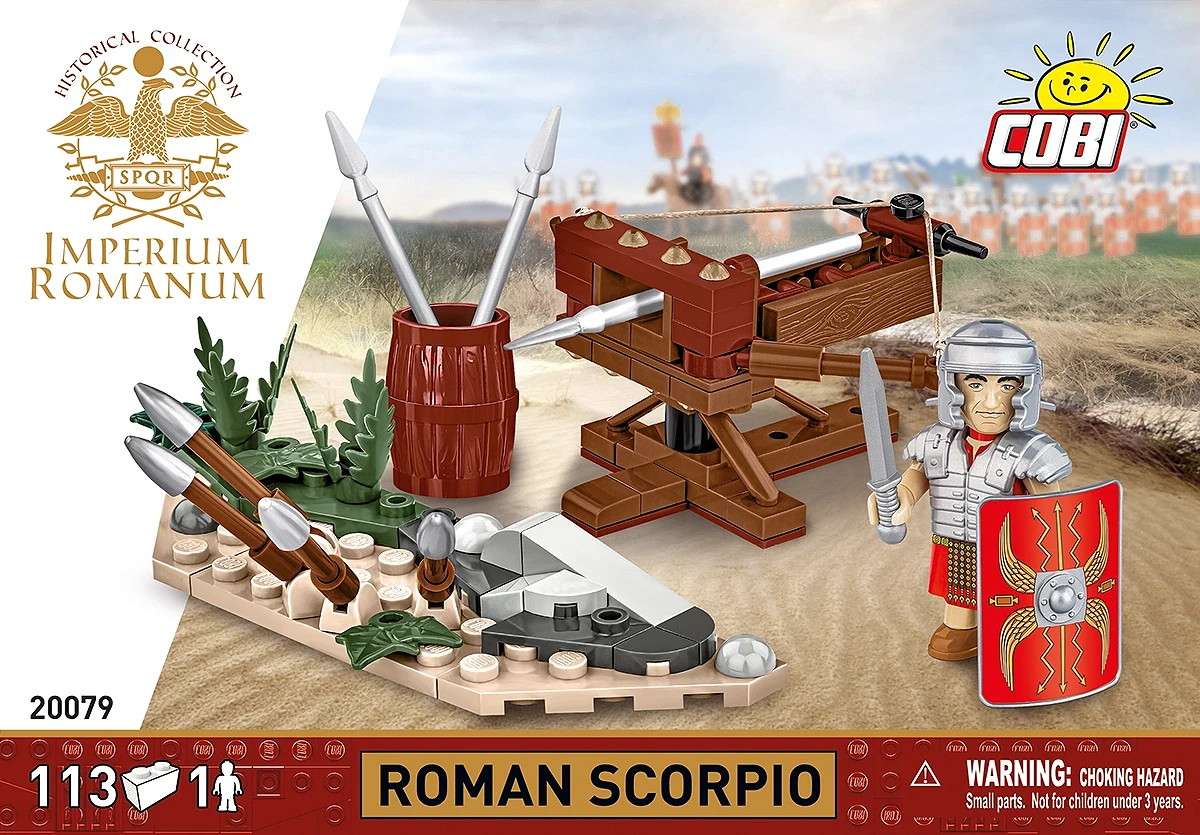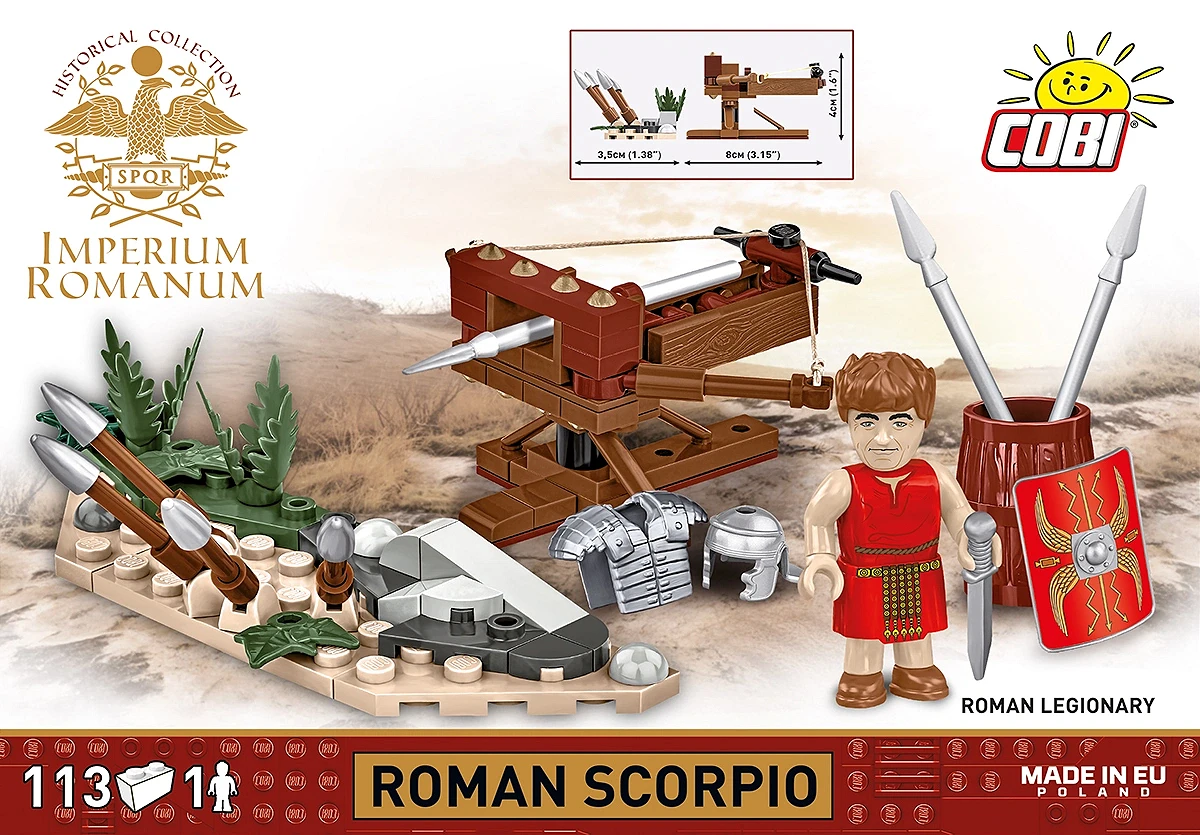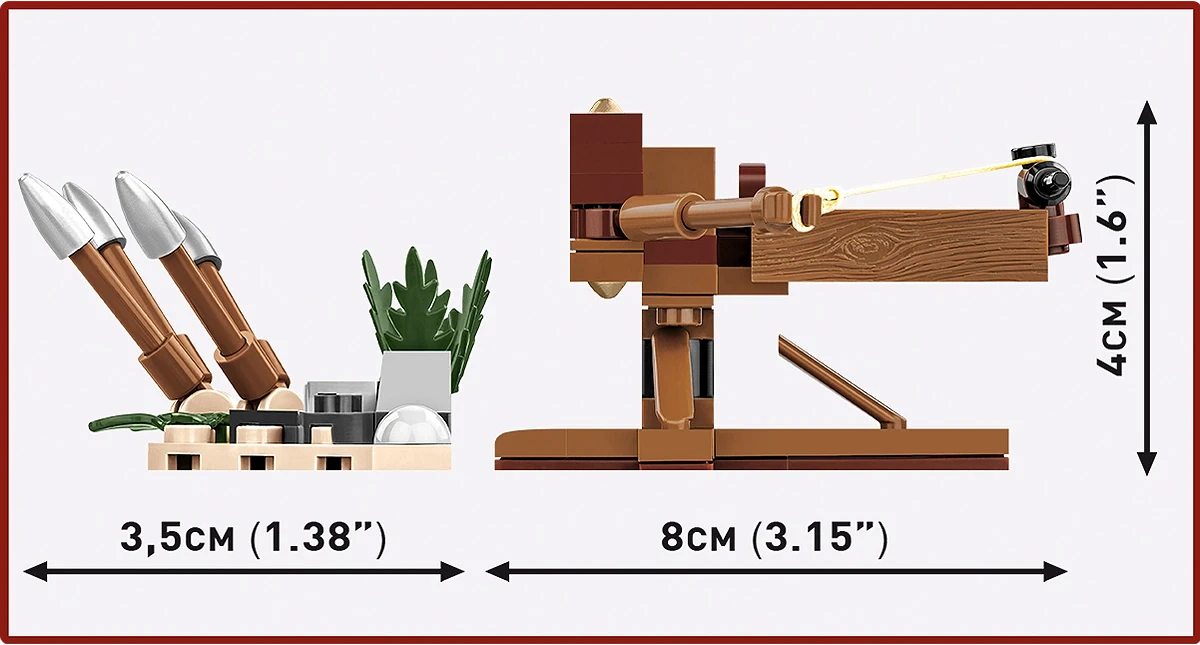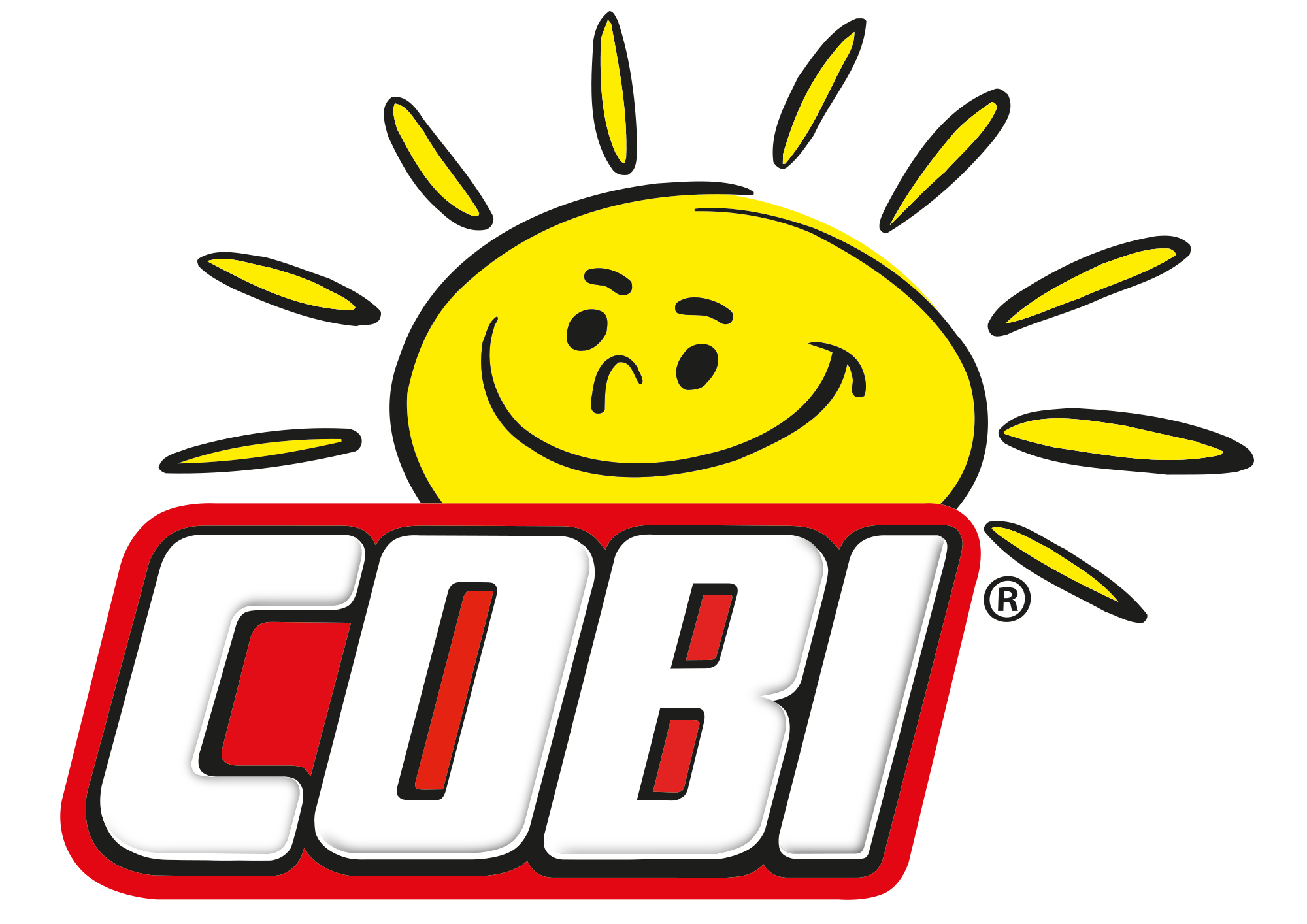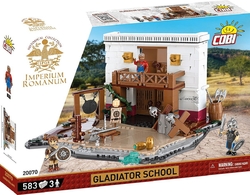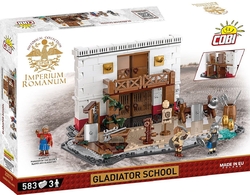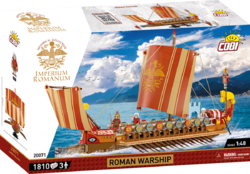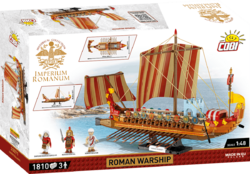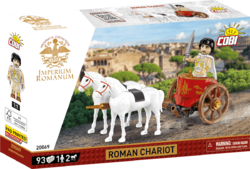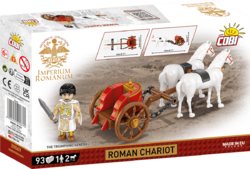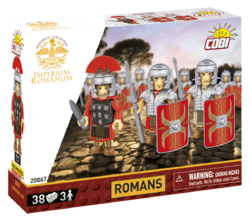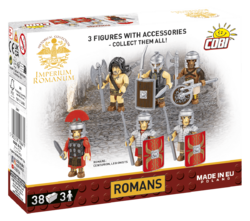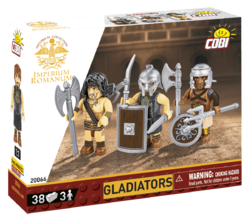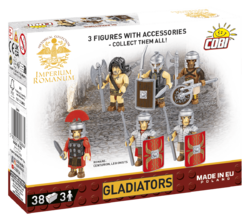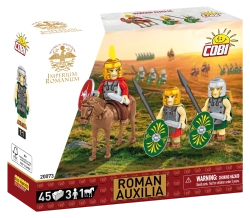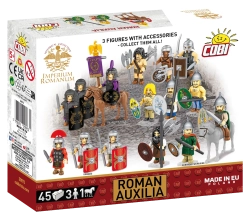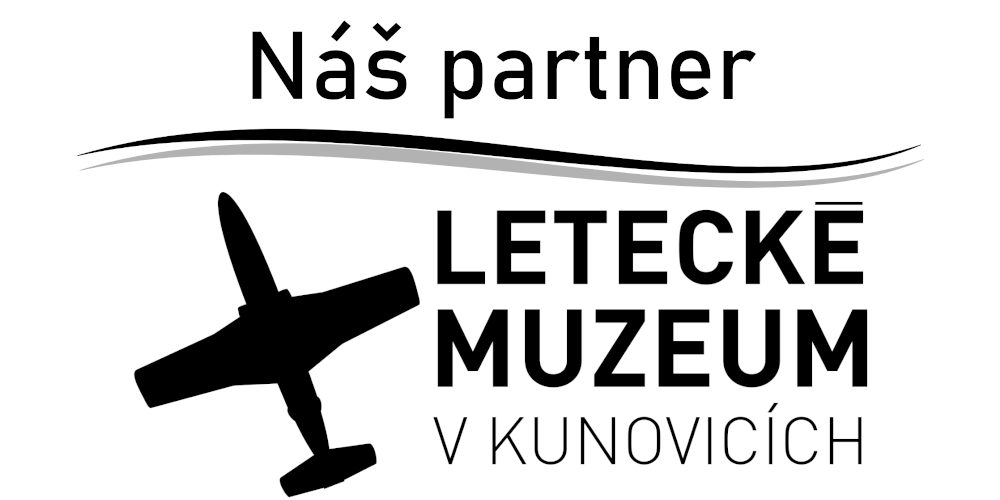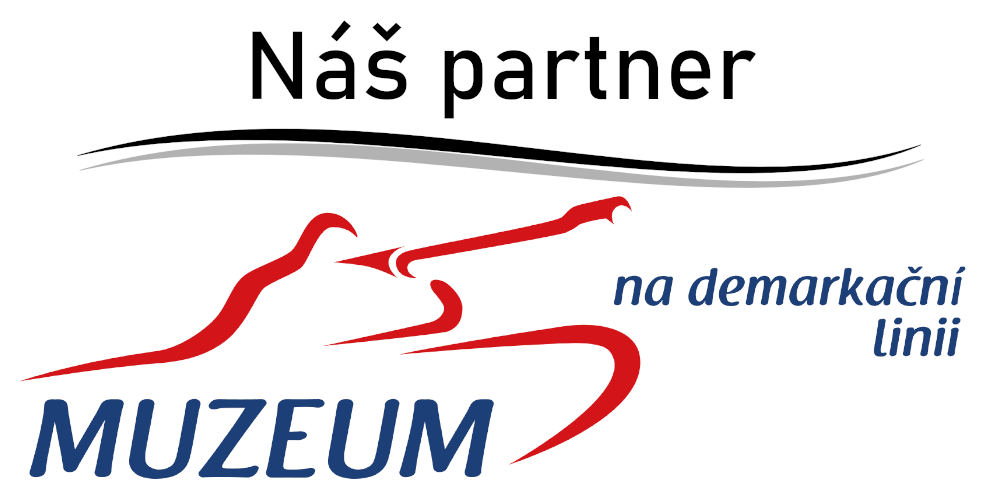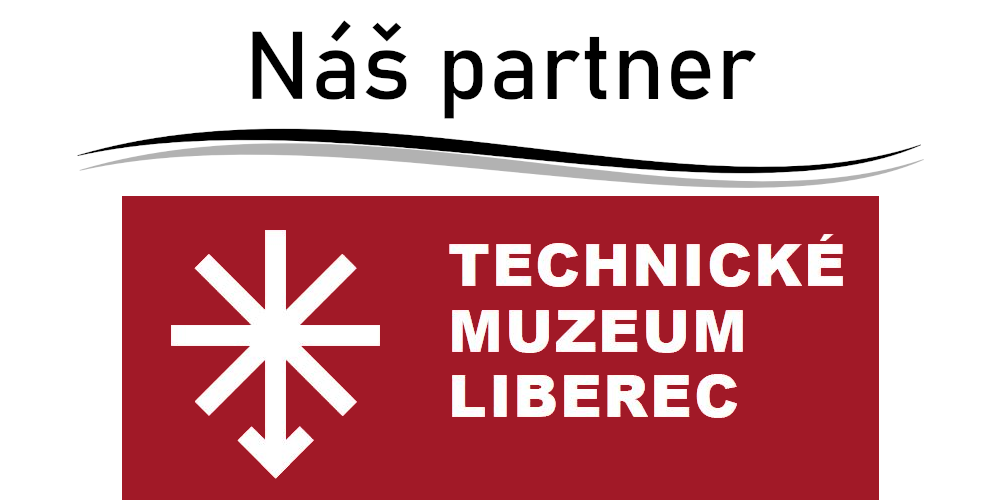A model kit of a Roman war arrow thrower called Scorpio. The assembled model is made of bricks with wood decor to make it look as close as possible to the real thing. The package includes a barrel, a supply of arrows, green plants and a legionnaire figure equipped with a short sword and shield.
Show more
0 %
(0 Ranking)
| List Number: | COBI-20079 |
| EAN: | 5902251200794 |
| Warranty: | 24 months |
| Manufacturer: | COBI |
| Loyalty Points: | 4 |
| Price excluding VAT: | 394,40 Kč |
Description
Parametres
Files and Links
Discussion
Reviews

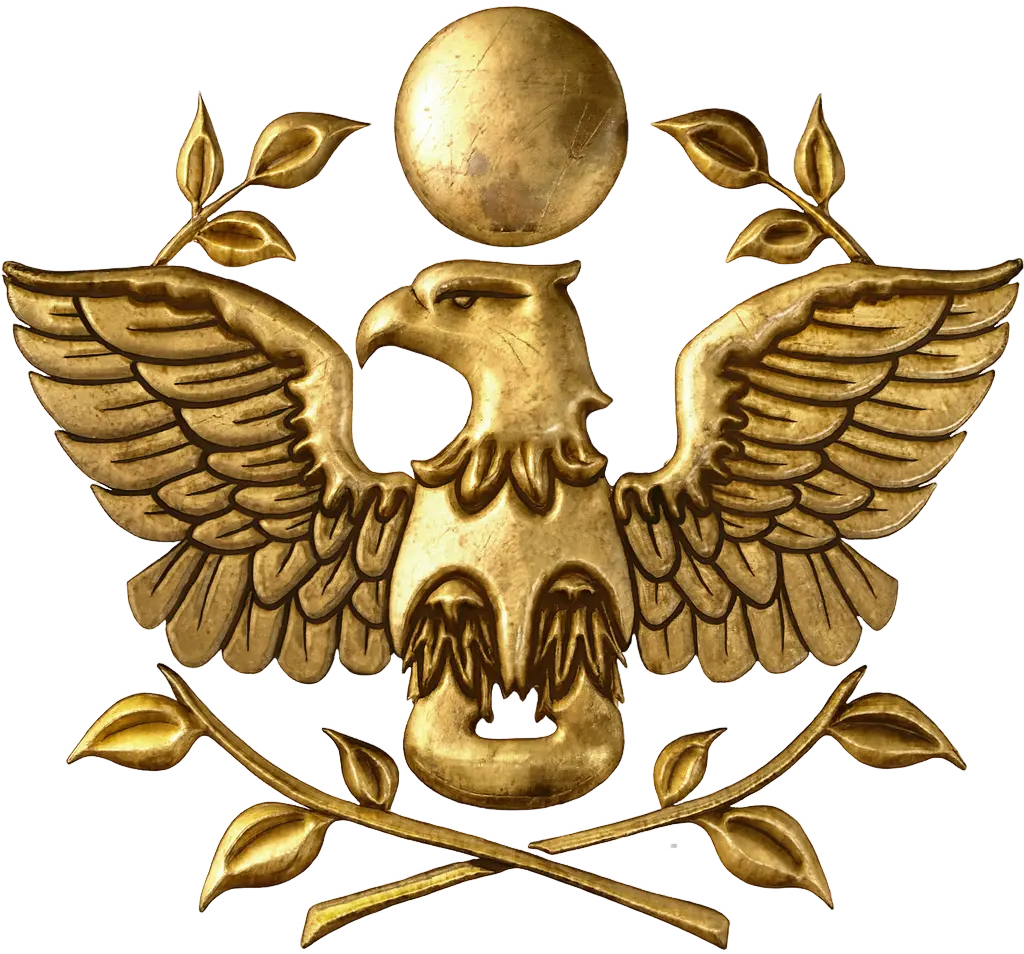 Did you know:
Did you know: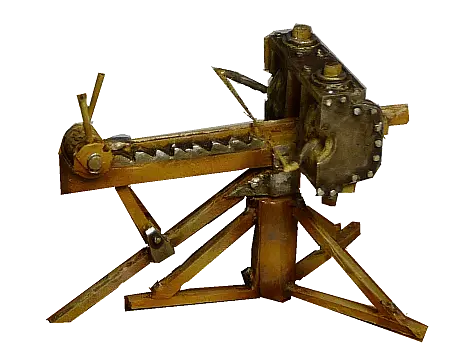
- The war machine Scorpio (Scorpion) was first described by the imperial Roman architect Vitruvius in the 1st century BC.
- Preserved records mention three types of arrow-launching devices: Ballista, Polybolos, and Oxybeles. The Ballista is the machine represented by this construction set.
- Even Ballista-type launchers were not all the same. They shared the firing method using a tensioned rod called Stillus, but the frame and base varied by manufacturer.
- Roman legions used machines of simple construction, as well as painted and copper-decorated heavy equipment referred to as Catapulta.
- Scorpio even existed in a naval version adapted for galleys and a version for wheeled transport.
- The tension ropes were made from a combination of horsehair and animal sinew.
- Scorpio was a widely used weapon. Julius Caesar mentioned its use in 52 BC as a significant tool during the siege of Avaricum.
- The Roman army had fifty-five launchers per legion, one for each century. Ten men in each century were trained to operate them.
- Launchers were very expensive for the Roman Empire. Accordingly, the soldiers operating them enjoyed certain premium benefits.

Technical specifications: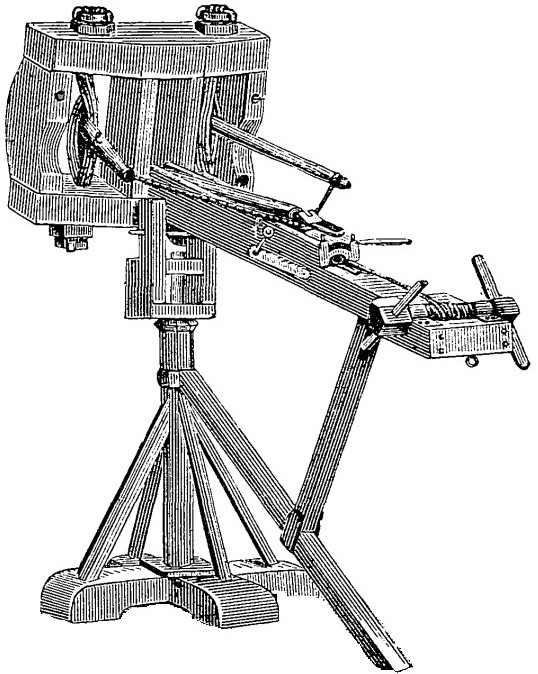
- dimensions: length 2.2 m, width 1.5 m, height 1.8 m
- machine weight 100 - 150 kg
- arrow length 80 cm
- arrow weight 0.1 - 1 kg depending on machine size
- effective range in direct fire 100 m, ballistic range 400 m
- drive: torsion horsehair ropes
- tension force up to 8,900 N (907.5 kg)
- projectile energy 200 - 4005 J depending on machine size
- projectile speed up to 400 m/s (typically 245 m/s)
- crew: 1–2 men

Flavius Vergetlius Renatus writes in his book Outline of Military Art:
“If properly adjusted according to the rules of mechanics and operated by experienced personnel, it pierces everything it hits.”
| Number of figurines | 1 pcs |
|---|---|
| Number of pieces | 113 pcs |
| Dimensions after assembly | 14,5 x 10,5 x 10 cm |
| Collection | Imperium Romanum |
| Contains luminous blocks | No |
| Material | Plastic |
| Compatible with other brand of kits | Yes |
Discussion is empty.
There is no review for product yet





